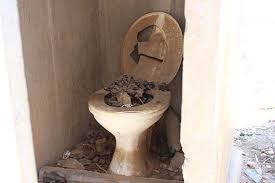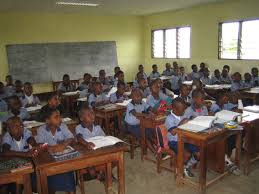Schools
-
Cameroonian Govt Orders Crackdown on Hard Drug Suppliers in Schools
- By solomon2day
- On 10/06/2019
- In News
The Cameroonian Government has ordered the idenfitication and crackdown on suppliers of hard drugs to schools.
The Government gave this order, recently, through the Minister of Terrotial Administration, Paul Atanga Nji, during a meeting with administration and security officials in Douala.
The order is coming on the heels of the increasing rate of drug abuse amongst school children and the youth in the city of Douala and the rest of Littoral Region.
Atanga Nji maintained that urgent steps had to be taken to the curb trafficking of Tramol, Tramadol and cocaine in the region, just as he warned of the consequences of their abuse on school children and youth .
To stem the tide the Minister ordered that efforts be made to identify the sources of supply of these drugs a step towards apprehending as to the traffickers, while noting that synergy of action by all stakeholders was required to maintain the peace. -
246 Schools in Namibia without Toilets-Report
- By solomon2day
- On 25/02/2019
 About 246 schools in Namibia are without toilets.
About 246 schools in Namibia are without toilets.This disclosure was made by the Education Management Information System Report.
The report stated that in Kavango West, 70 schools have no toilets, while 106 have same
. In Kavango East, 63 schools have no toilets, and 101 have the facilities.
Nationwide, 63,2% of schools have flush toilets.
However, the report stated that there has, been a remarkable improvement in the provision of sanitary facilities to schools in the country.
Indeed, the Kavango East and Kavango West regions are still poorly serviced, with 61,6% and 60,2% of schools, respectively, having toilets for pupils. These are also the only regions where such facilities are at less than 65% of schools.
Alos there has been an increase in water supply to schools in general. Kavango East and Kavango West are the most poorly serviced as far as water supply is concerned, with 67,1% and 73,3%, respectively.

